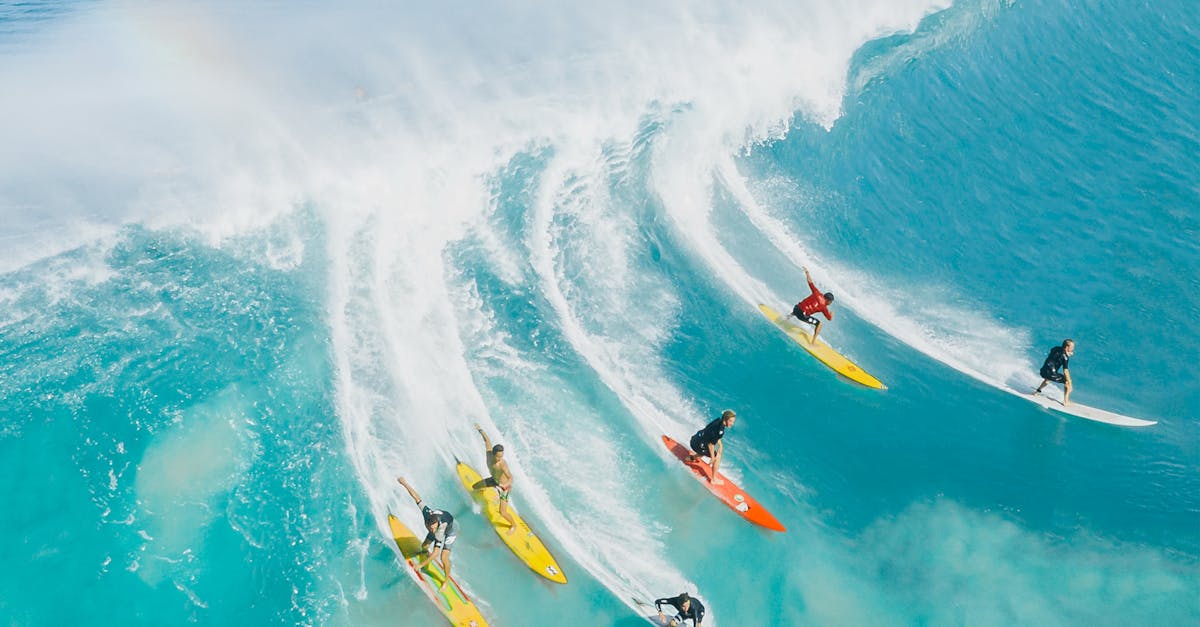As the Kīlauea summit eruption in Halemaʻumaʻu crater approaches its six-month milestone on June 23, the ongoing volcanic activity continues to captivate both residents and visitors to Hawaiʻi Volcanoes National Park. The eruption, marked by spectacular lava fountains and flows, offers a unique and accessible viewing experience, presenting both opportunities and challenges for the tourism sector.
The eruption's visual appeal has undoubtedly boosted tourism, with many visitors eager to witness the natural spectacle. According to Maui Now's recent report, the accessible viewing opportunities within the park have made it easier for people to experience the phenomena. However, it's crucial to acknowledge the associated risks, including volcanic gas emissions and the potential for sudden changes in activity. The USGS Volcano Notice always highlights the primary concerns of the eruption, which remain sulfur dioxide (SO2) and its potential to create Vog (volcanic smog).
Entrepreneurs in the hospitality industry are adapting to this dynamic environment. They're offering guided tours, and promoting accommodations near the park, as mentioned in earlier reports from Maui Now. Businesses are also factoring in potential disruptions from changing volcanic activity, by staying up to date on the activity through reports provided by the USGS. The situation underscores the need for contingency planning and the ability to communicate effectively about safety protocols and potential hazards. The fluctuating nature of the eruption, with episode durations and intensities varying, requires constant monitoring and adaptation from all stakeholders.
Looking ahead, the long-term economic impact depends on the eruption's duration and intensity. While the initial excitement draws in visitors, sustained activity must balance this with mitigating risks to ensure a positive experience that also protects the health and safety of the public. The park and local businesses must work in tandem to maximize benefits while minimizing potential disruptions.



